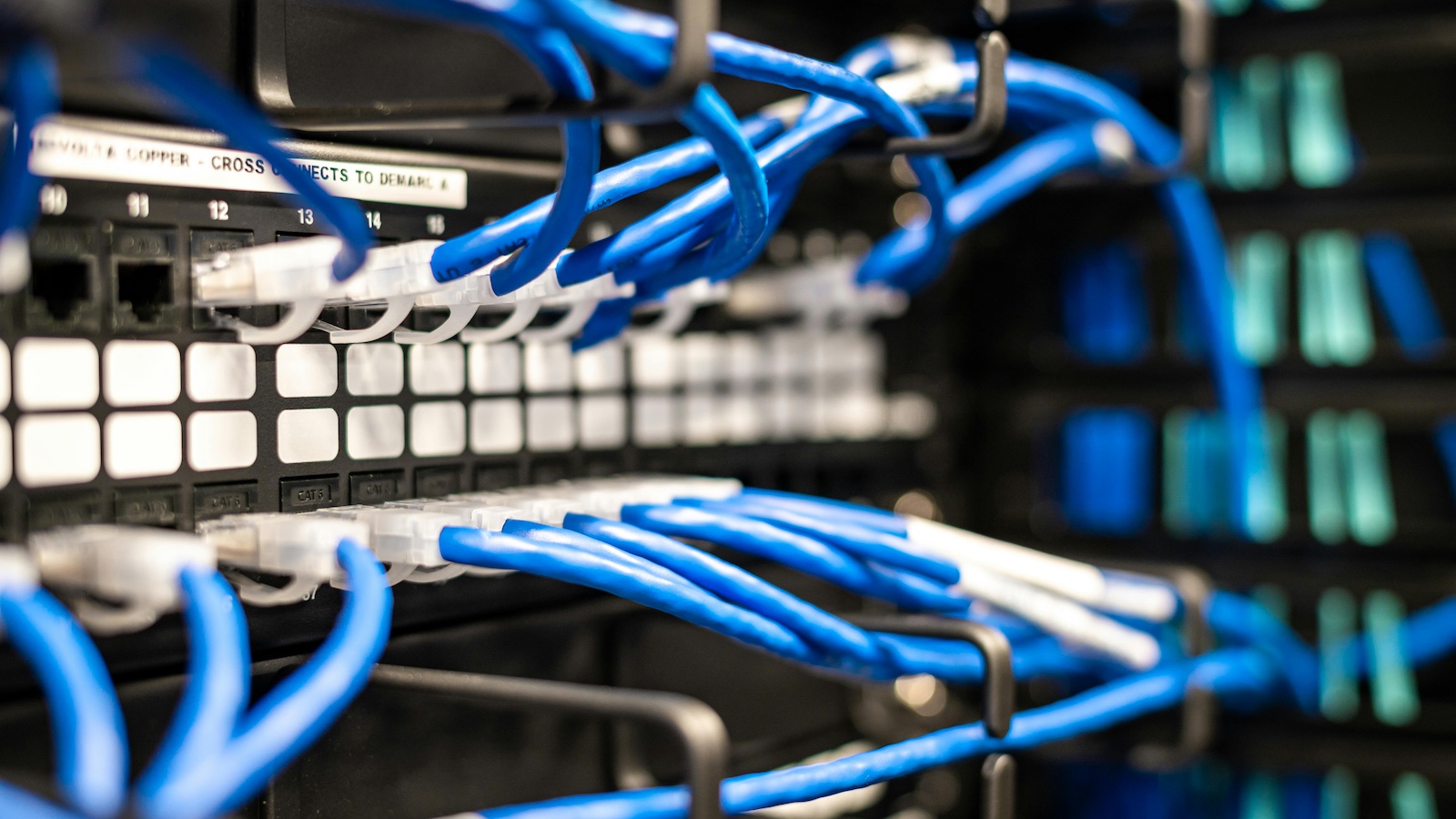The unseen forces of AI and cloud computing are never out of the news, yet behind the headlines lies a story of growth and innovation as tangible as bricks and mortar. The heavy computing power required by AI workloads, and the growing global demand for AI technologies, have seen a building boom take place around the world as developers scramble to build the facilities required to meet these needs.
According to market research, up to $7 trillion will be spent on data centers by 2030 – a huge sum driven largely by technology companies in the US and China, while Europe lags a few paces behind. The tech industry's big three, Amazon, Microsoft and Google Cloud, accounted for almost two-thirds of global cloud revenue in Q2 2025. Combined with Chinese companies such as Alibaba and Tencent, their capital expenditure budgets for 2025 reach hundreds of billions of US dollars, much of it geared toward the industrial scale infrastructure and dependable energy sources that high-performance AI and cloud computing now demands.
The latest Allianz Commercial report, The Data Center Construction Boom, explores the extent of this global buildout and questions whether the building bonanza can last. Despite the expansion, several factors could limit growth, including the surging costs of construction. These have escalated dramatically from $200-$300 million to projects exceeding $20 billion. According to Allianz Commercial construction experts, average-sized facilities now cost between $500 million and $2 billion. Along with higher construction prices, the complex nature of data center construction and operation requires specialized insurance coverage for risks such as power supply concerns, faulty workmanship, fire or natural catastrophes.
Data centers are fueling the construction industry
A global buildout is underway to construct the infrastructure needed to support the digital economy. The US will be the largest market for data centers, covering about two-thirds of the total global data center power demand, with 81 gigawatts (GW) by 2028, while China's data center market is building out equally aggressively. Greater Beijing alone now accounts for roughly 10% of global hyperscale capacity. Europe is trailing behind the two superpowers but is experiencing a 43% annual increase in pipeline activity, with London and Dublin as the largest markets (each with over 1GW capacity), followed by Amsterdam, Frankfurt, Paris, and Milan.
The bigger data centers have a huge footprint. The scale of a $20 billion+ facility can involve tens of thousands of workers on site at peak times, with significant equipment and building supplies moving in and out. Timings can be tight. This requires expert coordination, as any missteps or faulty workmanship can lead to potential losses or costly delays.
Data centers' unique risk profile
Building a data center is a complex, multi-disciplinary undertaking, which presents a multitude of risks. One of the main issues is the soaring power demand that threatens to outpace grid capacity and infrastructure. The electricity demand from data centers worldwide is set to more than double by 2030, to around 945Twh. This is slightly more than the consumption of the whole of Japan today, with its population of 124 million.
To avoid power issues, which are the main source of significant outages, with 45%, data center operators are increasingly seeking to reduce their reliance on the grid by generating their own power onsite, including renewables, gas, and even potentially small nuclear reactors.
Fire, heat, and water are also significant risks for data centers, potentially leading to severe property damage or business interruption losses. Lithium-ion batteries are increasingly being used as backup electricity storage. The fire risk associated with these batteries is well documented, particularly in relation to electric vehicles and charging infrastructure.
Large data centers have increased cooling requirements that could drive up water and electricity demand. This may alter the risk profile of data centers and could contribute to an increase in construction and insurance costs. Clients need to work with an experienced team of underwriters who know the business and can support the project from beginning to end, including multi-year coverage and policy extensions as needed.
To read the full Allianz report, please visit https://commercial.allianz.com/news-and-insights/reports/data-center-construction-risks.html






